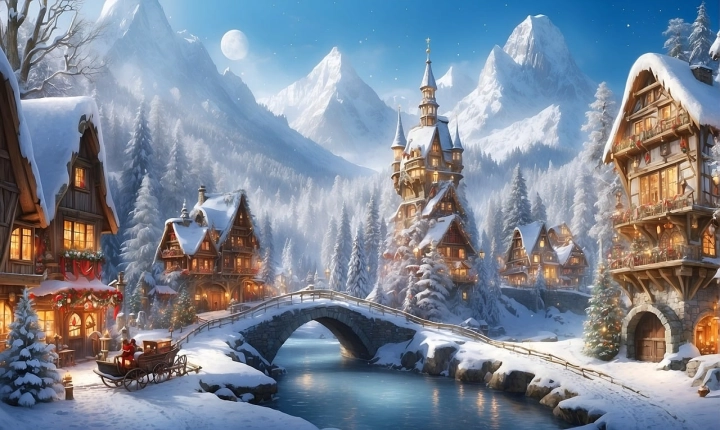Title: Embracing Creativity: A Guide to Creating Stunning AI Art
Artificial Intelligence (AI) has revolutionized the art creation process, allowing artists to unlock new levels of creativity and produce mesmerizing works of art. With the advancement of AI technology, creating AI art has become more accessible than ever before. Whether you’re a seasoned artist or a coding enthusiast, diving into the realm of AI art can be an exhilarating and rewarding experience. In this article, we’ll explore the steps and techniques to make beautiful AI art.
Understanding AI Art
AI art is created using algorithms and machine learning techniques to generate visual outputs. These outputs can range from paintings and drawings to abstract digital art. By feeding the AI system with a dataset of images or patterns, the algorithm learns to recognize patterns and styles, enabling it to produce original artwork. This process can be achieved through various AI techniques such as style transfer, generative adversarial networks (GANs), and recurrent neural networks (RNNs).
Steps to Create AI Art
1. Familiarize Yourself with AI Tools and Platforms: Before embarking on your AI art journey, it’s essential to familiarize yourself with AI tools and platforms. Experiment with popular open-source libraries such as TensorFlow, PyTorch, and Keras. Additionally, consider exploring user-friendly AI art platforms like DeepArt, Artbreeder, and RunwayML, which offer intuitive interfaces for creating AI-generated art.
2. Gather and Prepare Your Training Data: The quality of your training data significantly influences the final output of your AI art. Curate a diverse dataset of images that align with the artistic style you aim to achieve. For instance, if you’re interested in creating abstract art, collect a range of abstract paintings, patterns, and textures. Ensure that your dataset consists of high-resolution images to enhance the fidelity of the AI-generated art.
3. Explore Style Transfer Techniques: Style transfer is a popular method for creating AI art, allowing the algorithm to apply the visual style of one image to another. Experiment with different style transfer algorithms and parameters to convey various artistic styles, from impressionism to surrealism. Adjusting the style transfer parameters, such as style weight and content weight, can yield distinct visual outcomes.
4. Harness the Power of Generative Adversarial Networks (GANs): GANs have gained prominence in the field of AI art for their ability to generate realistic and visually compelling images. Assemble and train your own GAN model or utilize pre-trained GAN models to produce AI art. By exploring latent space manipulation and conditional generations, GANs offer an extensive range of creative possibilities for generating art.
5. Experiment with Neural Style Transfer and RNNs: Neural style transfer and recurrent neural networks (RNNs) provide avenues for creating dynamic and unique AI art. Neural style transfer enables the fusion of artistic styles from multiple reference images, resulting in captivating compositions. On the other hand, RNNs can be employed to generate sequential art, such as evolving patterns or morphing imagery.
6. Refine and Iteratively Improve Your Artwork: Creating compelling AI art often involves a process of iteration and refinement. Experiment with different hyperparameters, model architectures, and training methodologies to enhance the quality and aesthetics of your AI-generated art. Embrace a mindset of continuous improvement and be open to exploring new techniques and artistic influences.
Embracing Creativity with AI Art
The fusion of AI technology and artistic expression heralds a new chapter in the art world, enabling artists to push the boundaries of creativity and explore uncharted artistic territories. As you delve into the realm of AI art, embrace experimentation, innovation, and an open-minded approach to artistic creation. Whether you’re intrigued by digital painting, abstract compositions, or surreal landscapes, AI art empowers you to unleash your imagination and craft captivating visual experiences.
In conclusion, the process of creating AI art is a captivating endeavor that merges the realms of technology and artistry. By leveraging AI tools and techniques, artists can translate their artistic vision into awe-inspiring pieces of AI-generated art. As you embark on your AI art journey, embrace the journey of discovery, curiosity, and artistic exploration, and prepare to unveil a world of breathtaking AI artistry.
